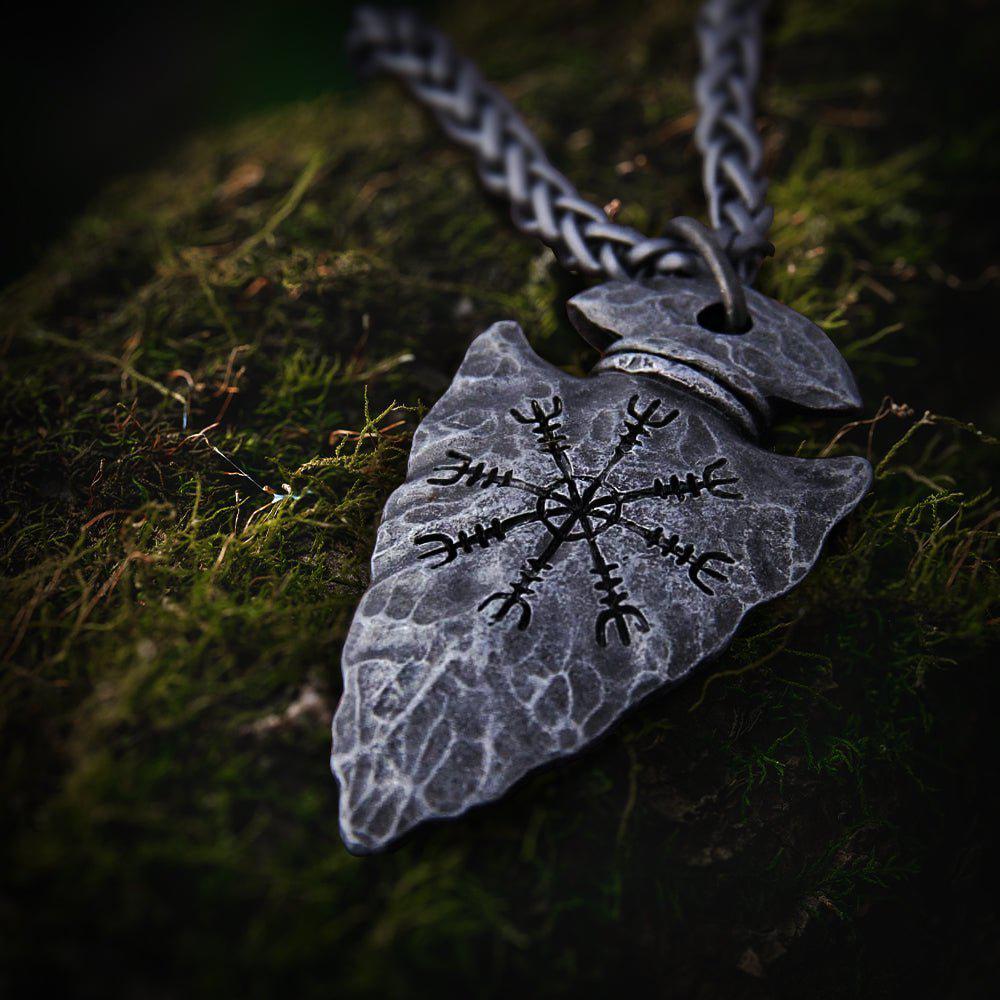Sagas are a genre of storytelling that has been around for centuries. They can be found all across Scandinavia and elsewhere, but they're most famous in Iceland because these stories tell about Viking voyages to new lands as well as earthly politics between families there; some even include Christian religious tales or chivalric romances created locally by authors like Snorri Sturluson who wrote many books based off old Norse legends before him.
Sagas were a prominent form of literature in the Middle Ages, but continued to be written throughout Europe. The dominant language for these historical tales was Latin until around 1300 when vernacular languages like Icelandic started coming into use more often than not; this change is known as modernization or translated texts depending on how you look at them (and there's no right answer!).
The alliterative verse in sagas is similar to epic poetry and often includes stanzas or whole poems.
Kings’ Sagas
Kings' sagas are a collection of stories about Scandinavian kings. The earliest examples date back to the twelfth century and include Heimskringla by Snorri Sturluson which includes many poems attributed him as well!
Sagas of Icelanders
The Icelanders' sagas are noted for their realistic style. These stories of real events often take place in the 870s to 1000 AD, and they were passed on orally until being recorded as Íslendingasögur which had both an oral tradition influenced by it's model literature but also editing done from outside sources like Latin translations that would be understood more globally than just among Scandinavians at this time period
Legendary Sagas
The grandiose and fantastic tales of Scandinavia's pagan past are often told in this category, which blend remotely historic events with myth or legend. The aim is usually to offer a lively narrative while entertaining audiences through entertainment such as battles between gods and goddesses that took place before European settlement even began on these shores! Some famous examples include Vǫlsunga saga - about how royalty became involved when frost-giants fought for supremacy; Heiðreks sagararchitecture meets powerful magic interventions fromalfheimr
Contemporary Sagas
Contemporary sagas, also called samtíðarsögur or simply "sagas," are set in twelfth- and thirteenth century Iceland. They were written soon after their events to describe what happened.[8] Most of these short stories can be found recorded within Sturlunga saga which was compiled around 1270 - 1280 AD though some like Arons survive separately with an even earlier date possible based on when certain poems first appeared as ballads during this period but not authorized until afterward through Salmon's collection
Viking Sagas of Saints and Bishops
The epic tales of Iceland's saints and bishops are some of the most popular literature in this country. The heathgography or hagiology is an exact translation from Old Norse to English, which was created by Norwegians during their occupation as winter fishermen when they needed stories about themselves for entertainment; it follows both Christian AND ancient Nordic tradition while still being entirely original.
Chivalric Viking Sagas
The chivalric sagas are a translation of Latin pseudo-historical works and French songs de geste as well as Icelandic compositions with the same style. Norse translations started appearing around 12th century, but it wasn't until 13th century that writers began producing their own romances; production peaked at 14th centuries AD., continuing into 19th Century also known by its German name Heidelberg Manuscripts .














